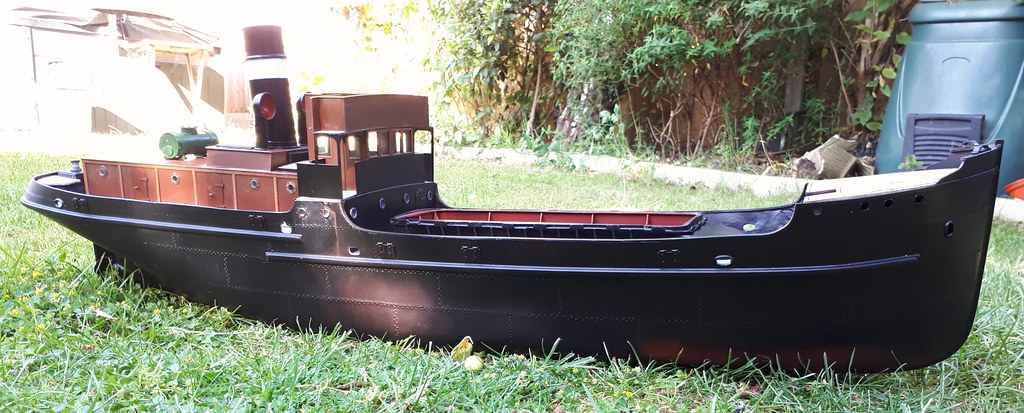Osgood
Western Thunderer
The hull moulding looks nicely detailed - what is its origin please?
How is this for serendipity - whilst reading this thread yesterday something caught my eye; I glanced away from the screen to see an open copy of Archive Journal Issue 6, the visible page of which happened to be this:

It must have been the outline of the hull that caught my attention.
The full review read most favourably, so a few minutes later a s/h copy looking for a new home was located and snaffled!
I've now joined the dog on the mat waiting patiently for the postman.....
How is this for serendipity - whilst reading this thread yesterday something caught my eye; I glanced away from the screen to see an open copy of Archive Journal Issue 6, the visible page of which happened to be this:

It must have been the outline of the hull that caught my attention.
The full review read most favourably, so a few minutes later a s/h copy looking for a new home was located and snaffled!
I've now joined the dog on the mat waiting patiently for the postman.....

 2020-05-12_10-45-01
2020-05-12_10-45-01 2020-05-12_03-21-28
2020-05-12_03-21-28 2020-05-12_03-22-12
2020-05-12_03-22-12 2020-05-12_03-22-59
2020-05-12_03-22-59
 2020-05-16_03-53-45
2020-05-16_03-53-45 2020-05-16_03-54-45
2020-05-16_03-54-45 Out of curiosity was it marked appropriately?
Out of curiosity was it marked appropriately? 2020-05-18_06-26-53
2020-05-18_06-26-53 2020-05-17_06-56-34
2020-05-17_06-56-34 2020-05-17_06-58-07
2020-05-17_06-58-07 2020-05-17_06-57-45
2020-05-17_06-57-45
 2020-05-20_05-43-39
2020-05-20_05-43-39 2020-05-20_05-40-33
2020-05-20_05-40-33 2020-05-20_05-41-28
2020-05-20_05-41-28 2020-05-20_05-42-25
2020-05-20_05-42-25





